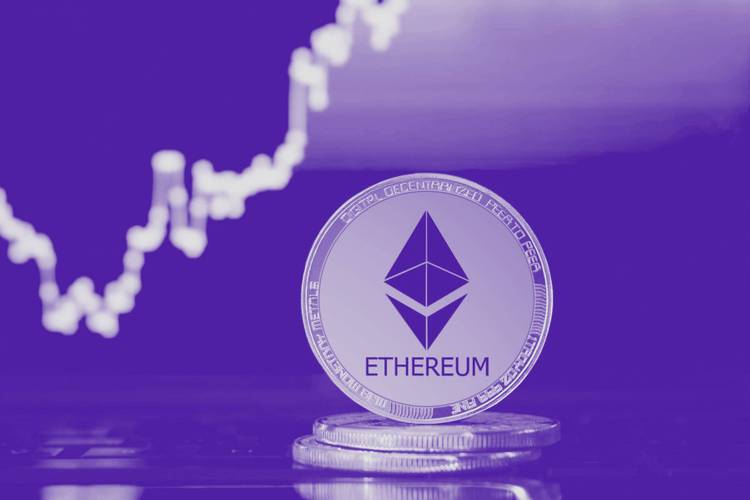
Apakah Itu Ethereum ETH?
Have you ever heard of Ethereum ETH? It’s a term that has been buzzing around the cryptocurrency world. But what exactly is Ethereum ETH? In this detailed exploration, we will delve into the various dimensions of Ethereum ETH, from its origins to its current status in the crypto market.
Origins of Ethereum ETH
Ethereum ETH was created by Vitalik Buterin, a Russian-Canadian programmer, in 2013. It was designed to be a decentralized platform that would enable developers to build and deploy smart contracts and decentralized applications (DApps). The concept of Ethereum was inspired by Bitcoin, but it aimed to address some of the limitations of the original cryptocurrency.

Understanding Ethereum ETH
Ethereum ETH is not just a cryptocurrency; it’s a blockchain platform that supports the creation of decentralized applications. The platform uses its native cryptocurrency, ETH, as a medium of exchange and a means to incentivize network participants. Here’s a breakdown of some key aspects of Ethereum ETH:
- Cryptocurrency: ETH is the digital currency that powers the Ethereum network. It can be bought, sold, and used to pay for transaction fees on the network.
- Smart Contracts: These are self-executing contracts with the terms of the agreement directly written into lines of code. They run on the Ethereum network and automatically enforce and execute the terms of an agreement.
- Decentralized Applications (DApps): These are applications that run on the Ethereum network and are not controlled by any single entity. They are built using smart contracts and can range from simple games to complex financial services.
The Ethereum Network
The Ethereum network is a decentralized network of computers, known as nodes, that run the Ethereum software. These nodes work together to maintain the integrity and security of the network. The network is divided into two main components: the Ethereum Virtual Machine (EVM) and the blockchain.
- Ethereum Virtual Machine (EVM): This is the runtime environment for smart contracts on the Ethereum network. It allows smart contracts to execute code and interact with the network.
- Blockchain: This is a public ledger that records all transactions on the Ethereum network. It is decentralized, meaning that no single entity has control over it.
The Ethereum Consensus Mechanism
Ethereum uses a consensus mechanism called Proof of Work (PoW) to validate transactions and add new blocks to the blockchain. However, the Ethereum community has been working on transitioning to a more energy-efficient mechanism called Proof of Stake (PoS). The transition to PoS is expected to reduce the network’s energy consumption and improve scalability.
The Ethereum Market
Ethereum ETH has become one of the most popular cryptocurrencies in the market. Its market capitalization has been consistently among the top three, trailing only Bitcoin and Tether. The demand for ETH has been driven by its use as a medium of exchange, a store of value, and a platform for building DApps.
| Year | Market Capitalization (in billions) |
|---|---|
| 2017 | 100 |
| 2018 | 180 |
| 2019 | 200 |
| 2020 | 250 |
| 2021 | 400 |
The Future of Ethereum ETH
The future of Ethereum ETH looks promising. The transition to PoS is expected to address some of the limitations of the current PoW mechanism. Additionally, Ethereum is continuously evolving, with new features and improvements being added regularly. Some of the upcoming developments include:
- Ethereum 2.0: This is a major upgrade to the Ethereum network that aims to improve scalability, security, and sustainability.
- Layer 2 Solutions: These are secondary layers built on top of the Ethereum network to improve scalability and reduce transaction costs.
- Interoperability: Efforts are




